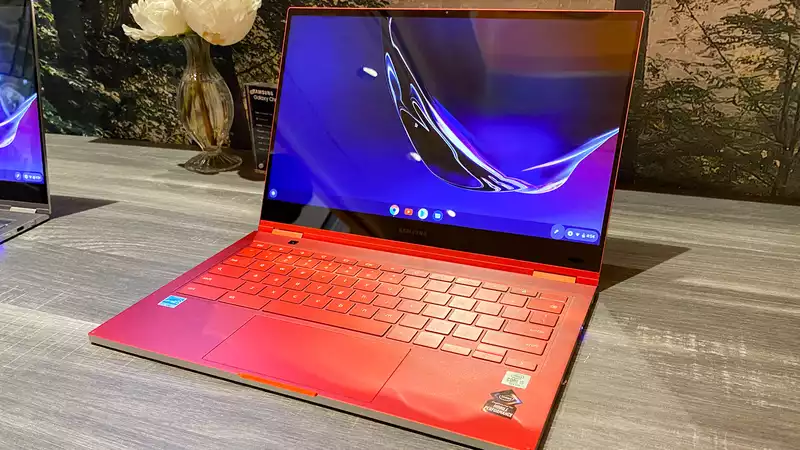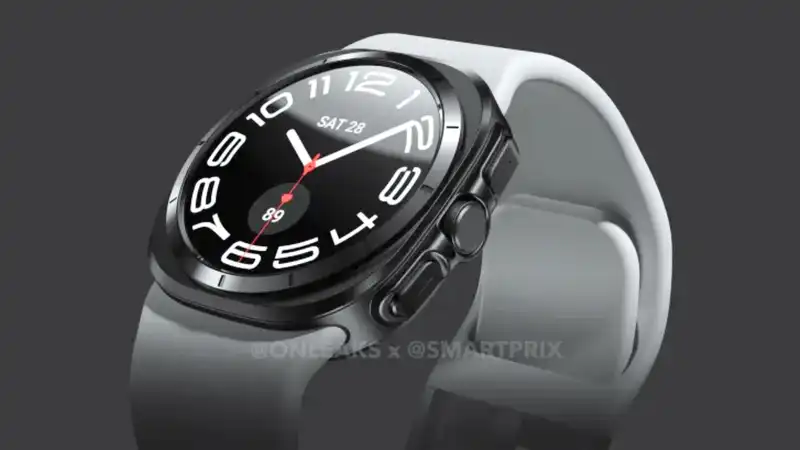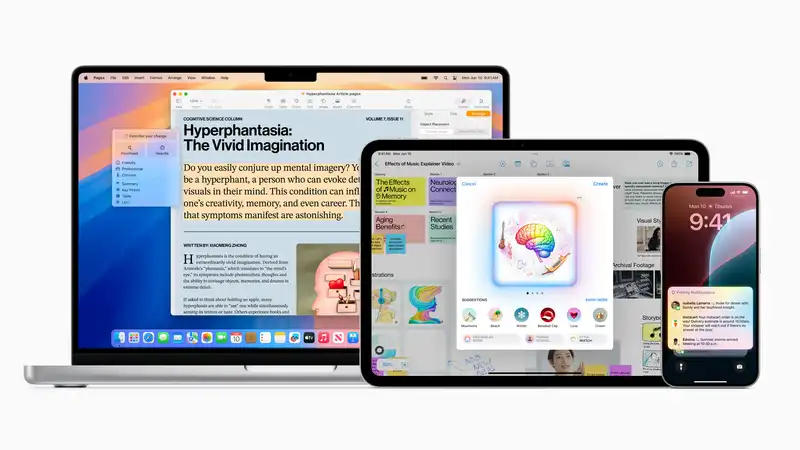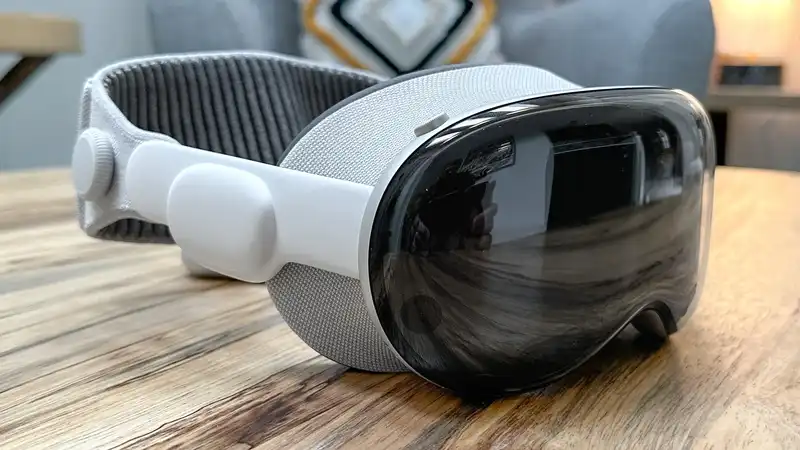Samsung has announced that it will mass produce the world's first 90Hz OLED laptop displays for devices to be released this year.
Currently, most notebook computers use LCD displays, typically with a refresh rate of 60 Hz. Samsung's OLED panels are 14 inches in size, which can provide a richer color palette and deeper blacks, and the higher refresh rate allows for smoother motion in videos and games.
Samsung Display CEO Joo Sun Choi explained that the 90Hz displays will begin to appear in notebooks and laptops in March. So we won't have to wait too long to see how these panels actually perform.
It is not too surprising that Samsung is embarking on mass production of new OLED screens for notebook computers, even if it has to sell them to competitors. The company already has experience with such displays in laptops and has launched the OLED-equipped Samsung Galaxy Chromebook, albeit at a slower 60 Hz. The next Samsung Galaxy Chromebook 2 seems likely to revert to the cheaper QLED technology, pointing to OLED's cost limitations compared to other panel types.
A 90 Hz OLED panel on a Windows 10 laptop would give it a significant advantage over Apple's MacBook Pro and others. The Cupertino laptop, while having a superior display, still uses a 60 Hz LCD display.
OLED panels are not as common on Windows 10 machines, but they are appearing on some laptops, such as the Razer Blade Stealth, and the addition of a 90Hz refresh rate would provide an additional boost.
With Samsung apparently mass producing new screens, 2021 could be the year OLED laptops go mainstream. 90Hz may also prove to be a convenient balance between 60Hz and the 120Hz or 144Hz often seen on gaming-only laptops may prove to be a good thing. Higher refresh rates may look good, but they also drain batteries faster and put more strain on graphics hardware, so a compromise may be a realistic path.
The Samsung statement also states that "OLED panels require the use of high-specification graphics cards. This could mean that a powerful GPU is needed to generate a full 90 frames per second during gaming. For general everyday computing applications, an integrated GPU should be fine.
However, if you want a laptop with Samsung's 90Hz OLED display in March, you will likely have to pay for a high-end machine, at least until such a display becomes widespread in the laptop field.










Comments